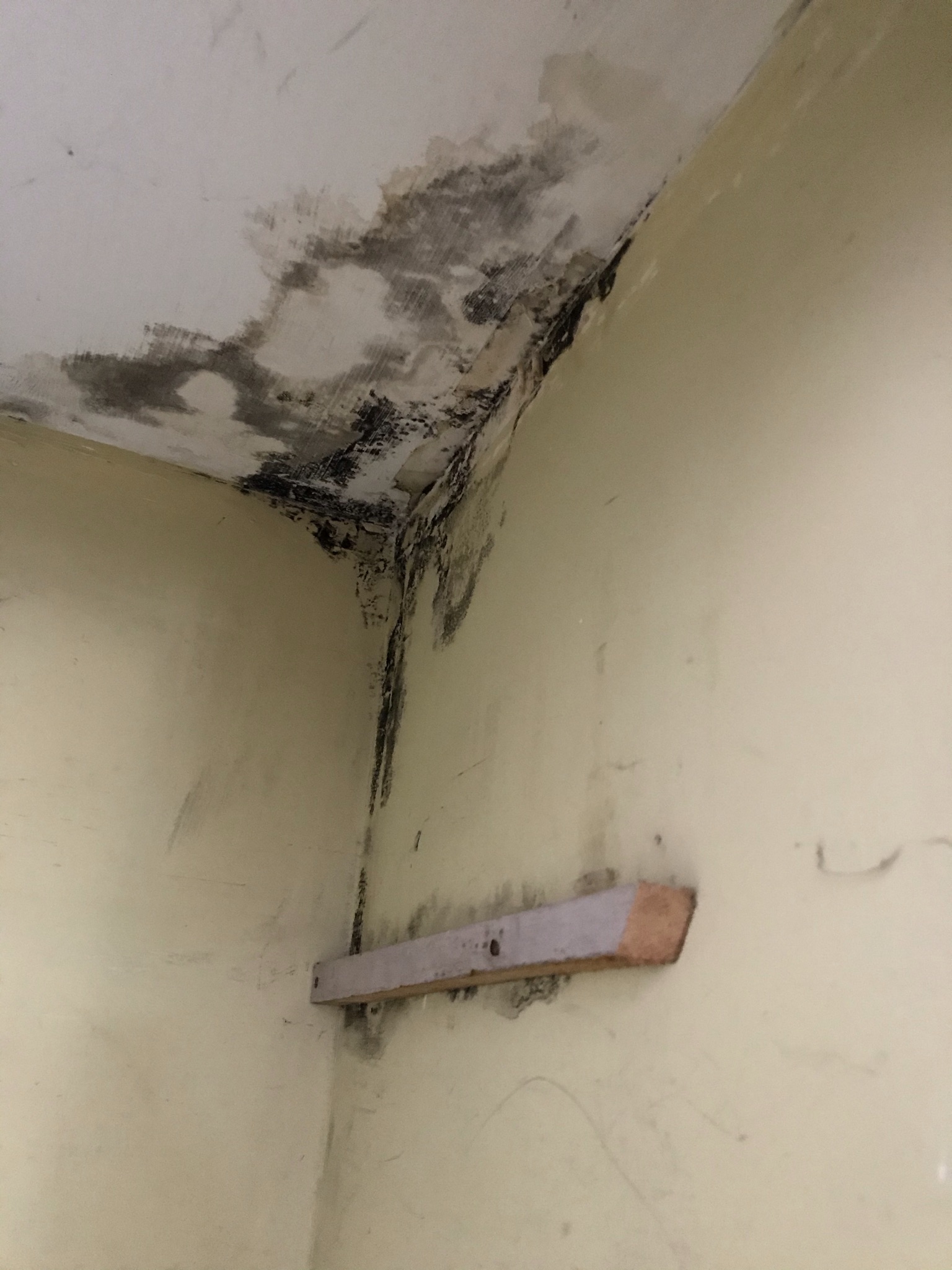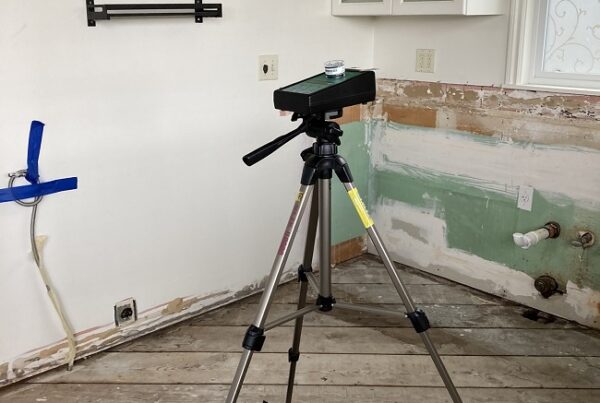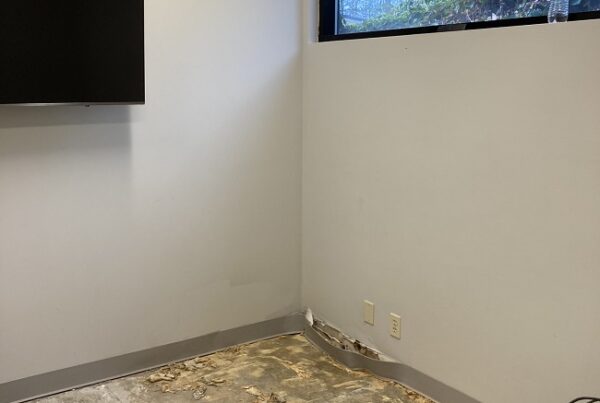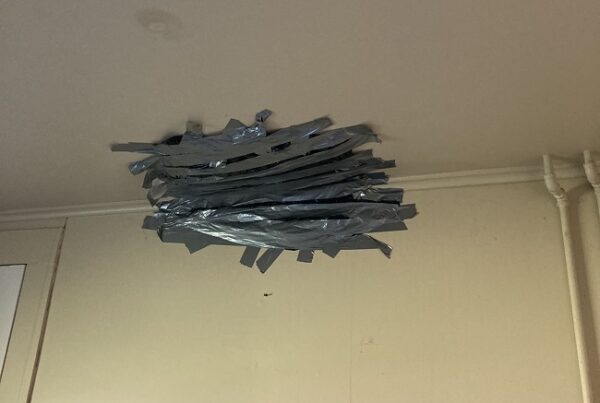
You just moved into your new house, and after a while, you find that some areas of the home give off a musty, moldy smell that you overlooked when you toured the home. This smell not only annoys you but also taking away from the quality of living in it. Additionally, your partner complains of headaches and fatigue ever since moving into this new place. You begin to suspect that there is hidden mold in your house and want to confirm this suspicion.
Where does mold hide in a house?
To get started, you’re going to need to know where mold grows in your house. Mold tends to grow in areas where there is water activity–around your kitchen sink, stoves, behind refrigerators, dark, damp areas like a basement, and places without adequate ventilation–bathrooms, laundry rooms, attics, crawl spaces, and areas where there is a leak. And sometimes the mold is hidden in walls.
How to find hidden mold in your house
It would be best to start your investigation by doing a visual inspection in the areas mentioned above for any sign of visible mold. Performing a smell test is also helpful to uncover hidden mold in your house. Get yourself a decent moisture meter and following the accompanying instructions. Visit those same areas to test for moisture content on walls, ceilings, floors, and other surfaces. If your moisture meter is registering double digit readings, there is a possibility that mold is growing on the material, and make a note of it.
How to test for mold in your house
You should first wear some latex gloves and wear a safety mask. Use a piece of packing tape to lift a sample from the suspected surfaces, tape it on a sandwich bag, label and number the bag, write down the time and location where you took the piece, and then send it to a mold testing lab for analysis. The lab will tell you if the material contains mold and what type of mold it is. The mold testing lab will also document the mold species and determine if it is allergenic, pathogenic, or toxigenic. If you don’t have a piece of packing tape to lift a sample, you can also use a cotton swab. You may also take a physical portion of the suspected substrate and place it in a bag following the same instructions above, then send the sample to a mold testing lab for examination.
How to detect mold in the air
An excellent option is to take an air sample of the suspected areas using an electric vacuum pump with a mold trap attached on top of it, collecting all the mold spores present and depositing the particle on a gel slide inside the attached media. This method can provide much more data as it can capture many types of mold spores—viable and non-viable.
Hiring a professional inspector will always be the best course of action. This professional will have all the necessary training, tools, and experience to perform a high-level inspection and provide professional advice in dealing with the situation. The expert will also answer any questions you may have and interpret the report and associated results. There are my very qualified air quality professionals in your area. Just look online or contact your local builder trade association for one. You may also get 5 Microns Inc. for assistance. We are available Monday through Friday from 9 AM to 5 PM, and Saturday from 9 AM to 3:30 PM. additionally, you can send us a message through our contact page. I hope this post was helpful. Don’t hesitate to contact us with any questions.
We look forward to hearing from you.



